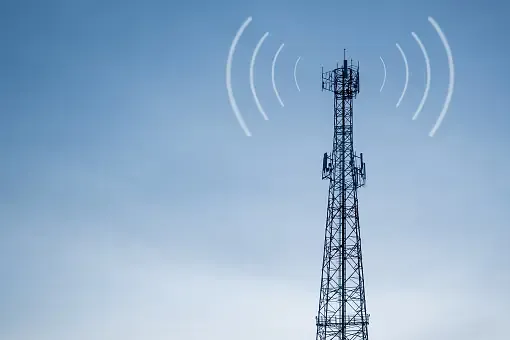
Send Inquiry
What is the Effective Length and Effective Height of an Antenna?
Have you ever wondered about antennas? Those tall, skinny things on rooftops or poking out of your car? They might seem simple, but there's more to them than meets the eye. Let's dive into the world of antennas and uncover the secrets of their effective length and height.
Antennas, in the simplest terms, are like the ears of your electronic devices. They catch signals from the air, allowing your TV to display your favorite shows or your radio to play your jam. But how do they work, and why does size matter?
The Effective Length of an Antenna
The effective length of an antenna is crucial for optimal signal reception. Picture it like this: imagine a tiny superhero trying to catch a ball. If they have short arms, they might miss the throw. Similarly, an antenna needs a certain length to efficiently catch the signals it's designed for.
Typically, the effective length of an antenna is around one-quarter or one-half of the wavelength of the signal it's receiving. Wavelength? That's just a fancy term for the length of one complete cycle of a signal. So, if your favorite radio station broadcasts at 100 megahertz (MHz), the wavelength is around 3 meters. In that case, an effective antenna length would be about 0.75 to 1.5 meters. See, not too complicated.
The Role of Effective Height
Now, let's talk about effective height. Imagine our superhero friend standing on a chair to catch that ball. The height gives them an advantage. Similarly, the effective height of an antenna is all about its vertical reach.
Effective height comes into play when dealing with antennas that are not perfectly vertical, like those on cars. It's the measure of how well an antenna can receive signals from different angles. In practical terms, taller antennas generally perform better because they can capture signals from a broader range of directions.
For example, a car antenna might have an effective height of about 0.2 to 0.5 meters. That's the sweet spot for tuning into your favorite driving tunes without losing signal quality.
Why Size Matters?
In the antenna world, size matters, but not in the way you might think. It's not about showing off the biggest antenna in town. It's about finding the right size for the job.
Imagine trying to catch a butterfly with a net that's too short or too tall. You'd miss the delicate fluttering creature every time. Antennas work the same way. They need the right length and height to catch the signals they're designed for, ensuring you get a clear and crisp connection.
So, the next time you see an antenna, remember it's not just a stick on a roof or a whip on a car. It's a carefully tuned piece of technology, designed to bring the world to your devices.
Conclusion
In the world of antennas, size matters, but it's not a competition for the tallest or longest. The effective length and height of an antenna are like the keys to a smooth signal. Understanding this dynamic duo ensures that your devices can catch all the signals they need, providing you with uninterrupted entertainment and communication.

